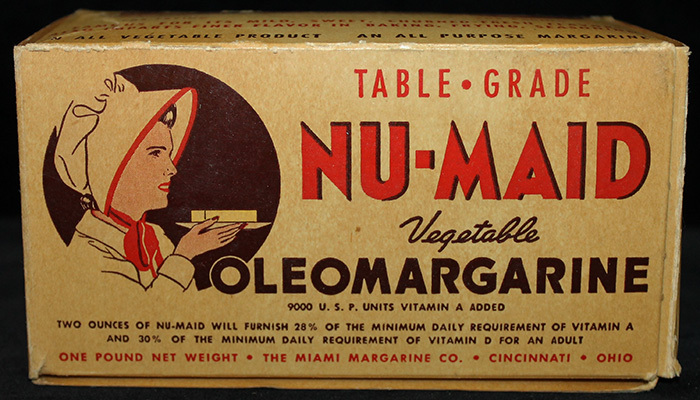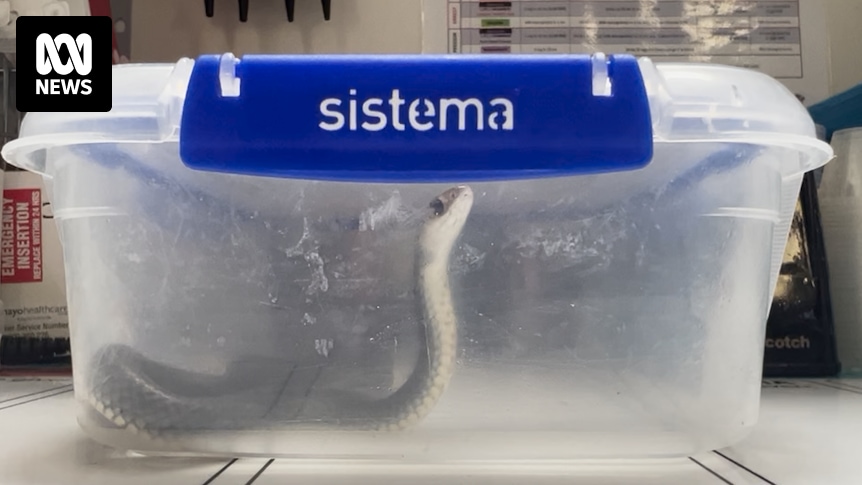Isn’t antivenin very species-specific? How are they supposed to know the snake off a probably shitty description from the person bitten, if they even saw it? And saying to not even take a photo? What?
Further in the article.
Dr Michael said medical staff did not need to see a snake to know how to treat patients.
“We can determine if you need anti-venom and if so, what anti venom you need based on clinical signs, blood tests and also the snake venom detection kits that we keep here at the hospital,” he said.
"We’re actually not trained to identify snakes, and so it’s not helpful. “It just puts the staff at risk as well as yourself.”
That makes sense. They are doctors not snake experts
This is the best summary I could come up with:
“Any attempts to either get close to a snake to catch or to kill, or to photograph the snake, just puts people at risk.”
“We want people to be able to get seen and assessed quickly and having a live snake in the department slows up that process.”
“If that snake gets out in an emergency department, that becomes a huge a disaster.”
“Snakes are one of those things that scare a lot of people, we definitely don’t want them in the hospital.”
The original article contains 83 words, the summary contains 83 words. Saved 0%. I’m a bot and I’m open source!





